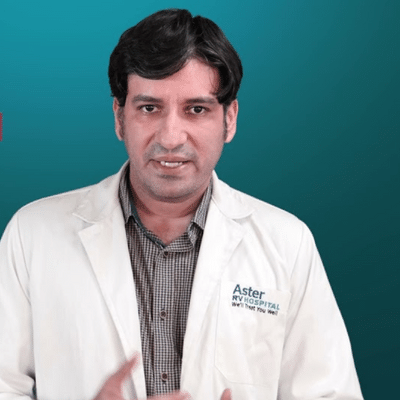Why South Sudan Chooses India for Medical Treatment?
 16 July,2024
Read More
16 July,2024
Read More
Enquire now in case of any assistance needed
Vertebroplasty and Kyphoplasty Treatment Cost in Calicut is between USD 1323 - USD 4812
Hospital Days:
Procedure Duration:
Both Kyphoplasty and Vertebroplasty are designed to address the pain and deformity associated with vertebral compression fractures. These fractures often result from osteoporosis, trauma, or other medical conditions that weaken the bones, causing them to collapse under normal pressure or minor trauma. While they can occur in any part of the spine, VCFs most commonly affect the thoracic and lumbar vertebrae.
Kyphoplasty is a procedure aimed at restoring the height and shape of a collapsed vertebral body while stabilizing the fracture. Here's how it typically works:
Vertebroplasty is a similar procedure to Kyphoplasty but does not involve balloon inflation. Here's how Vertebroplasty typically works:
Kyphoplasty and Vertebroplasty are used to treat vertebral compression fractures resulting from various causes, including:
Both Kyphoplasty and Vertebroplasty offer several significant benefits:
While Kyphoplasty and Vertebroplasty are generally safe, there are some potential risks and considerations:
The impact of Kyphoplasty and Vertebroplasty on patients' lives cannot be overstated. For individuals suffering from VCFs, these procedures offer rapid pain relief and improved spinal stability, allowing them to regain mobility and return to their daily activities. The reduction in pain and increased functionality can significantly enhance their overall quality of life and well-being.
Kyphoplasty and Vertebroplasty are advanced and minimally invasive procedures that have revolutionized the treatment of vertebral compression fractures. They provide rapid pain relief, restore vertebral height and stability, and improve the quality of life for individuals facing the challenges of VCFs. As technology continues to advance, the future of these procedures holds the promise of even greater precision and effectiveness, further improving the lives of individuals living with this debilitating condition. If you or someone you know is experiencing the pain and discomfort of vertebral compression fractures, consulting with a qualified healthcare provider can help determine if Kyphoplasty or Vertebroplasty is a suitable treatment option based on the specific diagnosis and individual patient needs.




The Art of Effective Communication
 16 July,2024
Read More
16 July,2024
Read More
 15 July,2024
Read More
15 July,2024
Read More
 09 July,2024
Read More
09 July,2024
Read More
 08 July,2024
Read More
08 July,2024
Read More
 03 July,2024
Read More
03 July,2024
Read More
 28 June,2024
Read More
28 June,2024
Read More
 27 June,2024
Read More
27 June,2024
Read More
 25 June,2024
Read More
25 June,2024
Read More
 20 June,2024
Read More
20 June,2024
Read More
 13 June,2024
Read More
13 June,2024
Read More